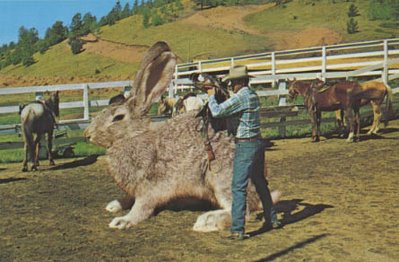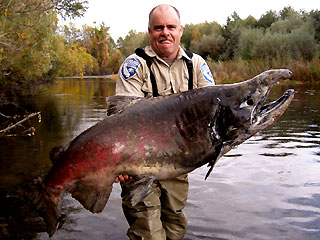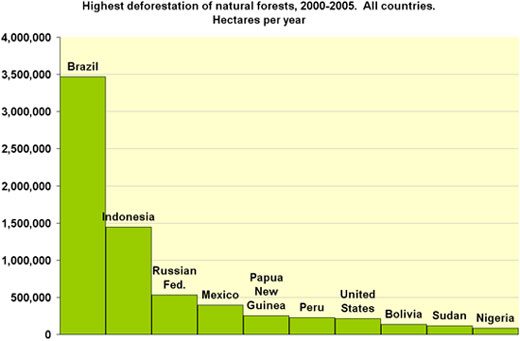
Eat Kangaroos to Fight Global Warming, by Charles Wilson.
"Of all the ideas developed to combat the climate crisis, George Wilson of Australian Wildlife Services may have the least intuitive: eating more kangaroos. In a paper published in June by the U.S.-based Society for Conservation Biology, however, he explains that 11 percent of Australia’s total greenhouse-gas emissions come from the methane produced by the rumen of cattle and sheep. “It’s been long known that kangaroos don’t produce methane,” Wilson say s, noting that kangaroos’ stomachs have different microorganisms to ferment their food. “I began to speculate, What if we managed the kangaroo population up and the cattle population down?”" Photo by Sarah Illenberger, NYT.












































